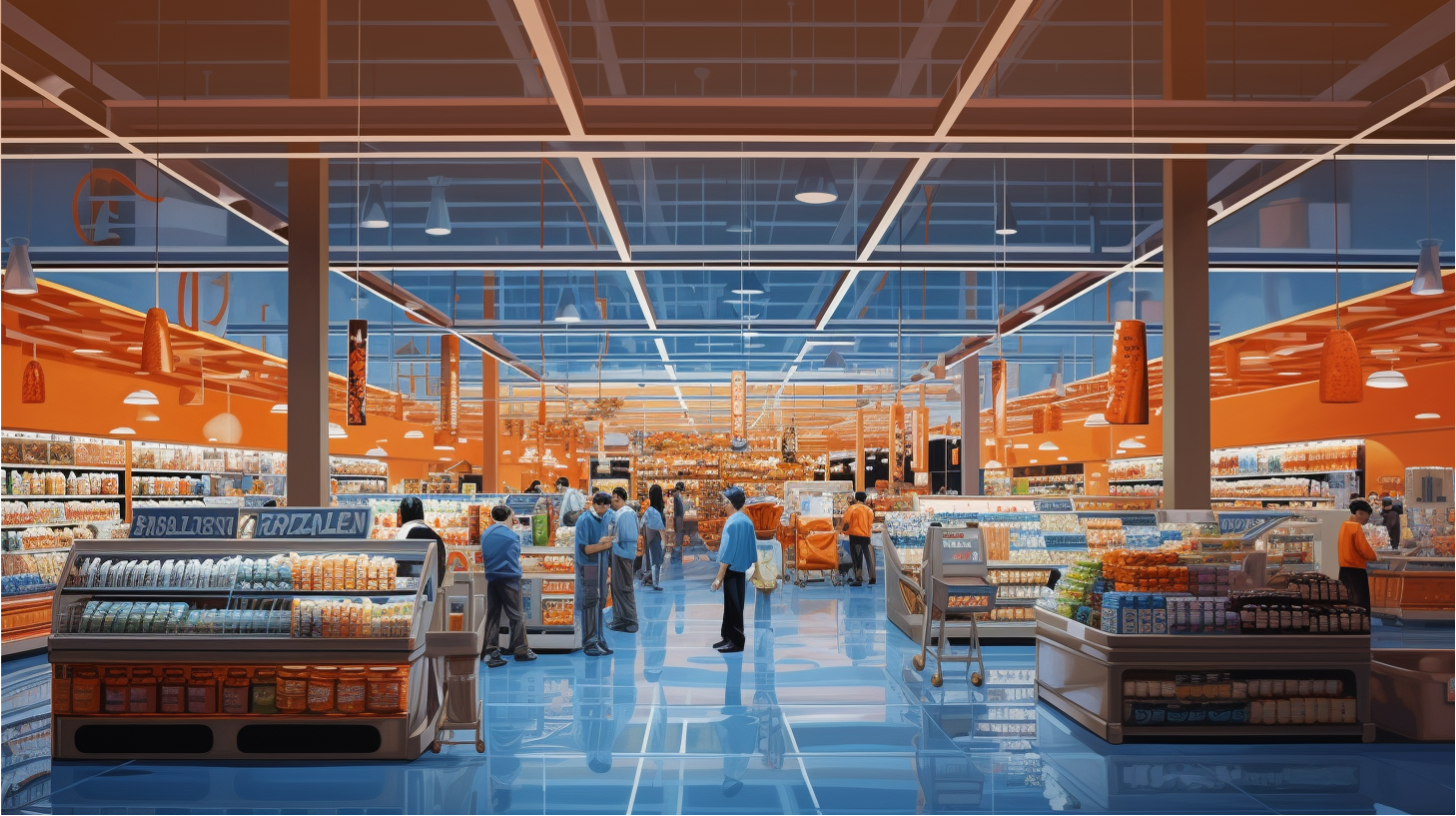In the realm of retail merchandising planning, a common challenge is the persistence of long-standing misconceptions and presumptions that lack substantial evidence to back them up. These misconceptions often become ingrained in the industry over time, hindering progress and innovation. However, with the advent of advanced technologies and AI capabilities, firms like VideoMining are revolutionizing the way retailers and CPGs approach shopper behavior insights.
The truth is, to build winning campaigns that surpass even your biggest stretch goals, you’ve got to replace common conjecture in favor of causation. Here are some common misconceptions you should abandon when it comes to display performance and optimization:
Myth: The zones with the highest traffic are always the MVP, and should be the most desired secondary display location in the store.
Truth: Foot traffic does not necessarily translate to conversions. Consider, for instance, how counter-productive it would be to place your beautiful impulse-purchase candy display at the store exit, where shoppers have already checked out and are on their way, literally, out the door. Granted, that is an extreme example, but the point stands that the highest traffic areas aren’t necessarily the best and brightest placement to seek. There is something to be said here about the quality of the traffic, and the behaviors of the people walking past. If passerby’s do not visually recognize and process the display, we’re looking at an extremely low value touchpoint. Glance rate, on the other hand, is a more effective initial metric to begin to quantify traffic productivity - actual visual recognition and processing is the first step of what we call “active shopping” moments.
Myth: Measuring direct sales from a display is the closest ROI metric you can get.
Truth: Of course, conversions are the end goal of any campaign, however, it is important to remember that the purpose of each campaign stimulus is to influence behavior. Behavior can be influenced in multiple ways. For example, If the display inspires customers to detour to a different aisle, encouraging deeper engagement with the products, it signifies progress along the purchasing journey. The concept of measuring for impact along the entire path to purchase helps provide a more complete story of the shopper experience and the success of your campaign in shaping behavior.
Myth: More is better when it comes to display categories featured and product assortment.
Truth: Marketing by committee is often considered where good ideas go to die. The same goes for display design and a room full of marketers with differing objectives. We’ve seen display conversions vary by 3-5x just based on the number of categories featured on a display. 9 times out of 10, throwing everything at the wall and hoping something sticks is not an effective strategy for influencing shopper behavior. The best campaigns are intentional about what products and categories are included on display, and behavior-based insights can help build decisions based on how shoppers truly interact with, and experience, your brand in the moment of truth.
By leveraging the power of AI technology and behavioral science, VideoMining offers a unique perspective on shopper behavior within the retail environment. Through the analysis of micro-moments and in-store stimuli, we provide retailers and CPGs with invaluable insights to attract, engage, and convert shoppers effectively. This innovative approach challenges traditional notions in the industry, shedding light on the true drivers of consumer behavior and empowering businesses to drive growth and success in the competitive retail landscape.
How can you myth bust your retail strategy with data-driven insights? Let us show you.





